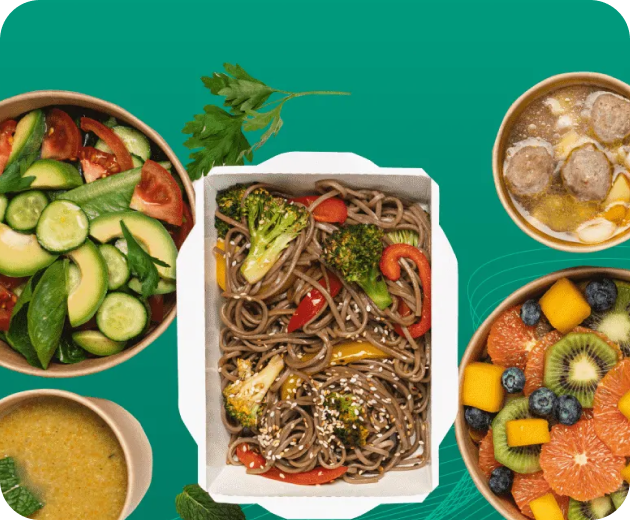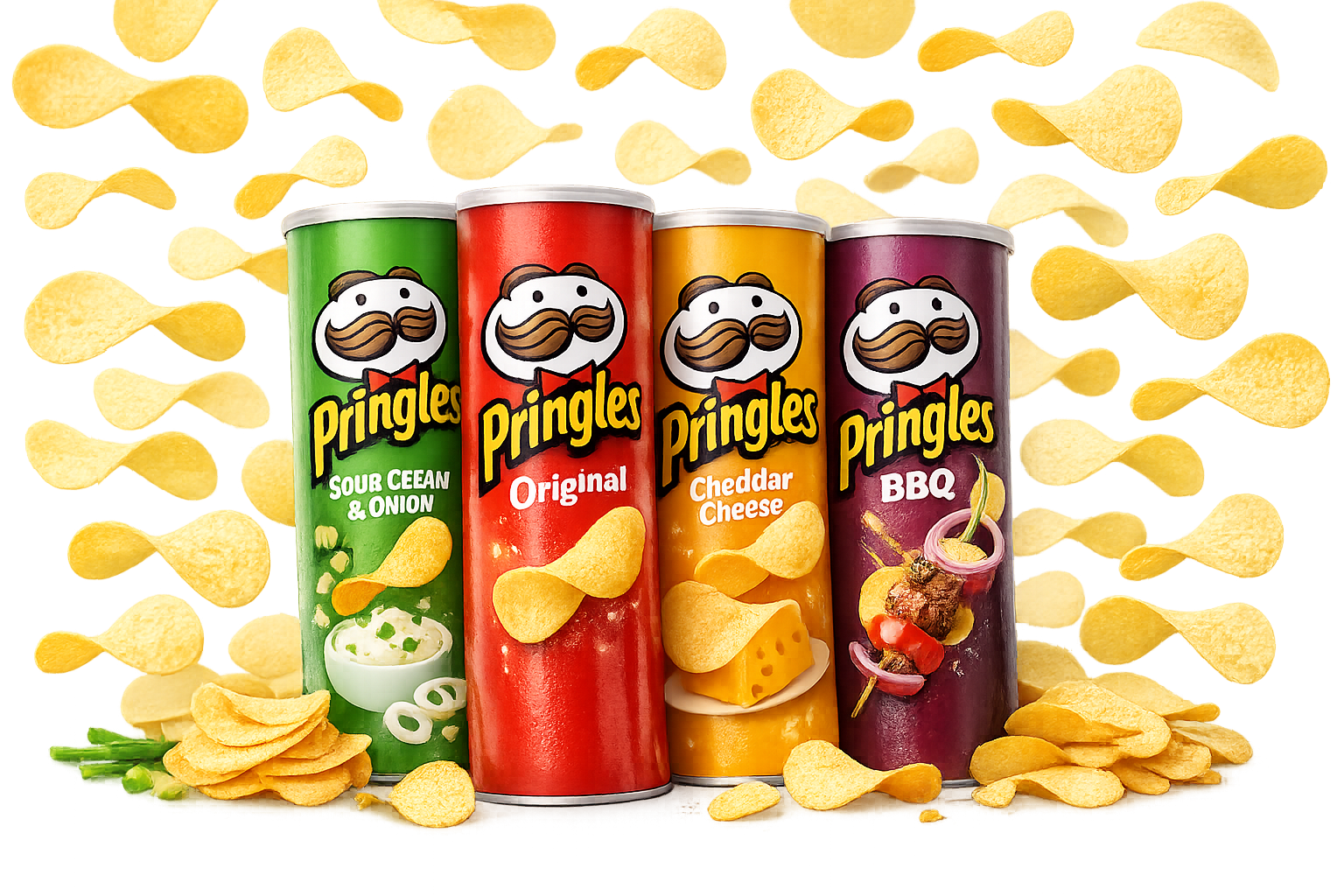Food Innovation Trends: What’s Next in 2026
The food innovation industry in the USA is projected to be worth around $1 trillion in 2024. The number of new food products launched in 2023 has shown a decline, following a trend observed in previous years where the mortality rate for new food products was estimated at 80% within the first year. While the number of new food product launches has declined in the US in recent years, investing in supply chain flexibility, digital technologies, and creating an enabling environment for innovation can help maintain the sector’s competitiveness.
Innovations are increasingly focused on high-value products, as manufacturers aim to defend their margins against pricing pressures from distributors.
The rise of plant-based foods continues, with a growing consumer base willing to pay more for sustainably sourced products. This trend is expected to influence product development significantly.
Innovations in beverage innovation, culinary innovations, and technologies like food AI and food analytics are transforming how food is produced, packaged, and consumed. As companies strive to meet these new expectations, understanding the landscape of food innovation is essential for staying competitive.
What is the definition of food innovation?
Food innovation refers to the process of developing new food products, enhancing existing ones, or improving the methods of food production, packaging, and distribution. This concept includes culinary innovations that introduce new flavors, ingredients, or techniques, and the use of technologies like food AI to streamline processes. Additionally, food innovation often emphasizes sustainability, with a focus on reducing waste, using eco-friendly materials, and increasing efficiency across the supply chain.
What is food innovation used for?
Food innovation serves several purposes. One of its primary uses is meeting consumer demand for healthier, more sustainable, and more convenient food products. By using technologies such as food analytics, companies can better understand consumer preferences and market trends, allowing them to create products that resonate with specific audiences. This data-driven approach, often fueled by food AI, allows companies to fine-tune their product offerings, ensuring that they align with current dietary trends, health concerns, and environmental considerations.
Another important use of food innovation is improving operational efficiency. By adopting new methods for food production, companies can reduce costs, increase output, and maintain high quality. For example, innovations in packaging and processing can extend shelf life, reduce the need for preservatives, and make food products more sustainable.
The 5 best examples of food innovation
Food innovation can be seen in various sectors of the food and beverage industry. Here are some notable examples:
- Remedy Drinks: This Australian brand is at the forefront of beverage innovation, offering kombucha and other health drinks that promote gut health. Remedy’s success has helped fuel the global kombucha trend, which is projected to exceed $4 billion in value by 2030.
- Viome: Specializing in personalized nutrition, Viome uses advanced gut health diagnostics to offer dietary recommendations based on microbiome analysis. This use of food AI showcases how technology is transforming the way we approach health and wellness through personalized nutrition solutions.
- New Culture: A key player in the alternative dairy space, New Culture produces cheese using fermentation instead of traditional animal farming. This innovation in dairy production highlights the potential of culinary innovations that focus on sustainability while maintaining taste and texture.
- JUST Egg: Plant-based alternatives like JUST Egg are addressing the growing demand for sustainable protein sources. This product offers a plant-based substitute for eggs, catering to consumers who seek healthier, environmentally friendly options.
- UPSIDE Foods: Leading the charge in cultivated meat, UPSIDE Foods grows meat directly from animal cells, bypassing the need for traditional farming. This breakthrough could reduce the environmental impact of meat production while offering consumers the same taste and texture as conventional meat.
Trends shaping innovation in the food and beverage industry
Several key trends are driving food innovation today, influencing both what companies produce and how they operate:
Plant-based alternatives
Plant-based products are gaining popularity due to concerns about health, animal welfare, and the environment. Companies like Meati and New Culture are developing plant-based and fungi-based meat alternatives that mimic the taste and texture of traditional animal products while offering a more sustainable solution.
Sustainable packaging
Sustainability is a growing concern for consumers and businesses alike. Innovations in packaging, like those from Notpla, are focusing on reducing plastic waste by offering biodegradable alternatives. These developments aim to minimize the environmental impact of food products and promote responsible consumption.
Cultivated meat
Lab-grown meat, or cultivated meat, is an emerging area of food innovation. Companies like UPSIDE Foods are developing meat products grown directly from animal cells, offering a more ethical and sustainable alternative to conventional farming. This technology could help reduce greenhouse gas emissions and other negative environmental effects associated with traditional meat production.
Functional beverages
The rise of functional beverages, such as those from Poppi and Remedy Organics, highlights consumer interest in products that offer health benefits beyond basic nutrition. These beverages often include ingredients like prebiotics, probiotics, and superfoods, catering to the increasing demand for wellness-focused food and drinks.
Data-driven food innovation
Food AI and food analytics are playing a crucial role in modern food innovation. Companies are using these tools to analyze consumer data, identify trends, and develop products that are more likely to succeed in the market. By leveraging insights from food surveys and other data sources, companies can make more informed decisions about product development and marketing strategies.
How can I stay ahead in food innovation?
Staying ahead in food innovation requires real-time insights and the ability to act quickly on emerging trends. By using advanced tools like food AI, companies can analyze consumer preferences, track trending ingredients, and spot market gaps before competitors do.
Platforms like Tastewise provide these insights at an unprecedented speed, allowing you to innovate rapidly. With real-time data, you can validate concepts, create effective marketing campaigns, and launch products that are perfectly timed to meet consumer demand.
Innovating successfully in the food industry hinges on understanding consumer needs and behaviors at a detailed level. Tools like food analytics can help R&D teams identify new opportunities by analyzing consumption patterns and preferences.
With Tastewise, you gain access to actionable insights that guide you through every stage of product development. Whether it’s experimenting with new ingredients or fine-tuning flavors, leveraging data allows you to develop products that are more likely to resonate with your audience.




